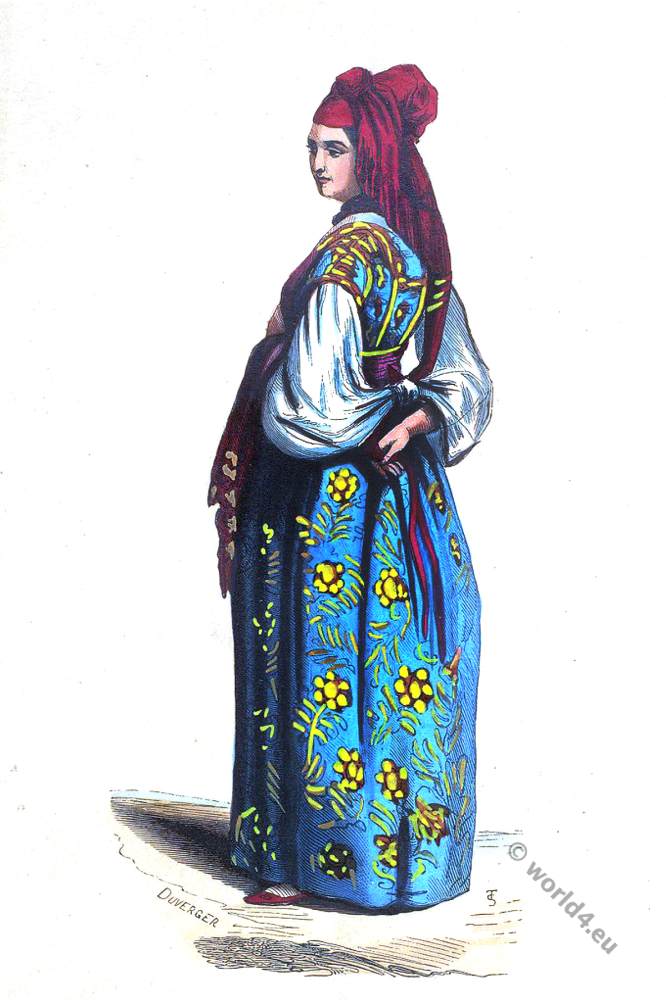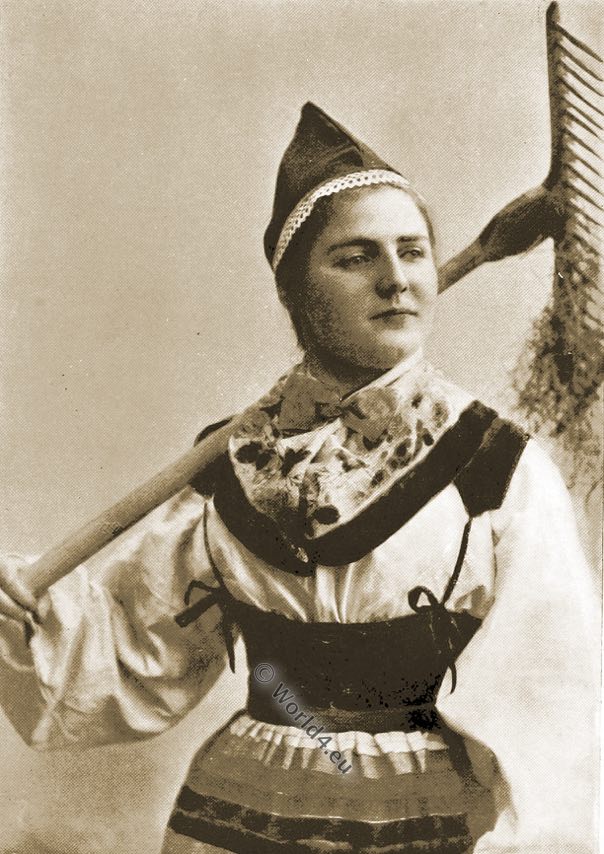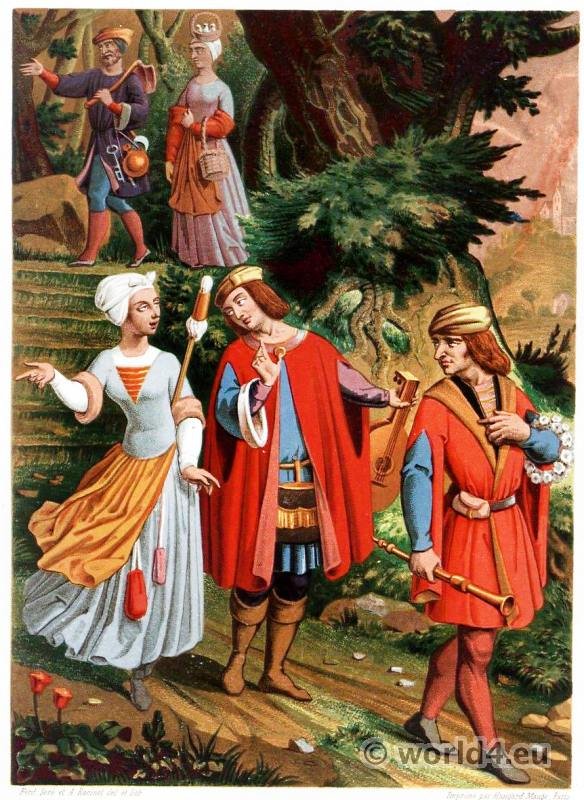Augustina, the Maid of Saragossa.
YE who shall marvel when you hear her tale,
Oh! had you known her softer hours!
* * * * * * * * * * * * * * * * * *
Scarce would you dream that Saragora’s tower
Beheld her smile in danger’s Gorgon face,
Then the closed ranks and lead in glory’s fearful chase.
Her lover sinks-she sheds no ill-timed tear;
Her chief is stain=-she fills his fatal post;
Her fellows flee-she checks their base career;
The foe retires=-she heads the sallying host.
Lord Byron’s “Childe Harold.”
Sir David Wilkie, Artist. W. Greatbach, Engraver. English Romanticism, the black romance.
Raimunda Maria Agustina Saragossa i Domènech (1786-1857), called Agustina de Aragón or Agostina of Zaragoza, was a Spanish independence fighter during the Napoleonic occupation. She fought first as a civilian and was subsequently included in the Spanish Army. She became a symbol of the Spanish War of Independence and served as a subject for painters and writers.
Childe Harold’s Pilgrimage is one of the best known and most successful works of the British poet Lord Byron. The epic poem was published from 1812 to 1818.
The title goes to the medieval word “childe” (squire) back for a young candidate for knighthood. The work, a long narrative poem describes the travels of a young man looking out of disappointment on his life of luxury distraction in foreign countries. It brings the melancholy and disappointment expression, which was felt by a generation that was the Revolutionary and Napoleonic Wars tired.
Source: Character sketches of romance, fiction and the drama by Rev. Ebenezer Cobham Brewer, 1892. A revised American edition of the readers handbook. Edited by Marion Harland.




